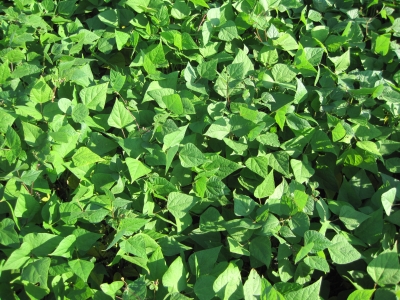
Risk management is just as important when prices are high as when they're low, says Larry Weber of Weber Commodities.
"It's such an exciting time to be a farmer right now," he says. "We have had Minneapolis wheat hit 10 dollars, which we haven't seen for two-and-a-half years. We've got soybeans that are projected to be 13.50 to 14.50 average price for the next three years, so it's not just a one blip blunder. It's going to be here for a while.
"We need to learn to risk manage going through high prices because we haven't seen them for a while."
He notes some brokers have started off-laying or hedging risk for specialty crops such as pulses onto other crops like soybeans or soybean oil.
"The last time we saw a big jump in 07-08, pulses didn't have the same jump that wheat or soybeans did. So they're taking the intrinsic value of your pulse crop and hedging it against soybean oil or soybean meal," he explains.
He says with some farmer support, we could see the creation of a tradeable pulse index.
"We really need to talk about getting grassroots support for a pulse index here in western Canada. We have an enormous amount of acres," he says, noting the industry tried trading a pea contract at the Winnipeg Commodity Exchange. "We thought 2 million acres was a threshold for having a contract, but now we've got 3 million in peas and 3 million in lentils, which by themselves might not be enough to start an index, but together, with all the pulses and all the special crops, start an index. Then everybody would have a chance to off-lay their risk."
"If we want our industry to grow we need risk management tools. We need a price-discovery mechanism. While an index isn't perfect for price discovery, it's perfect for risk management," says Weber.
~ Monday, February 7, 2011 ~



